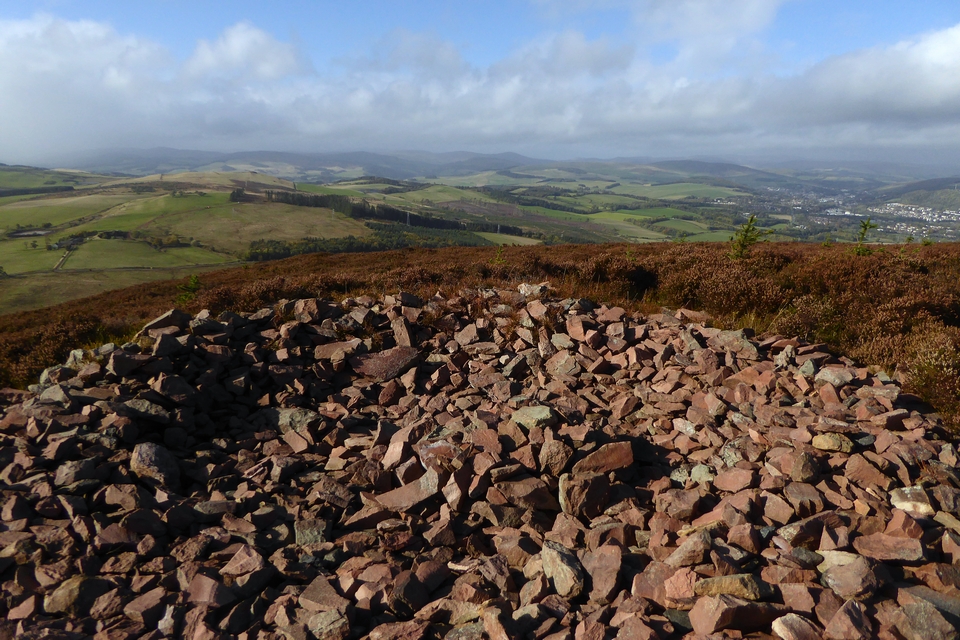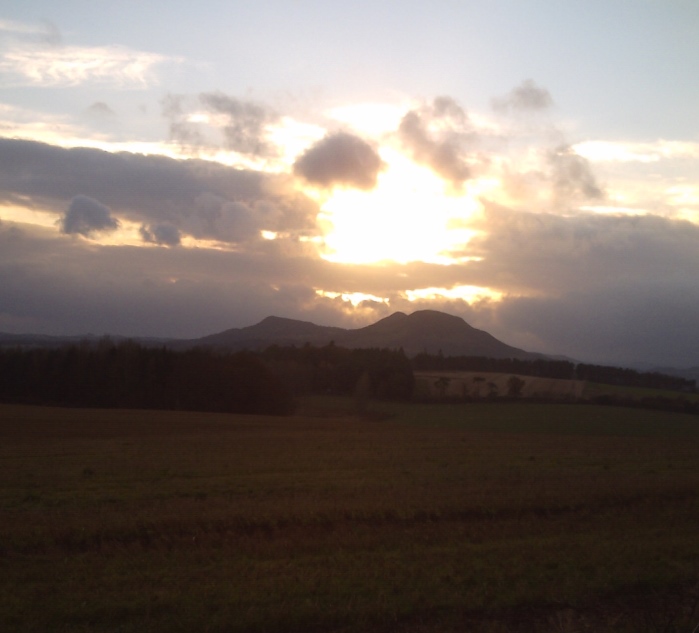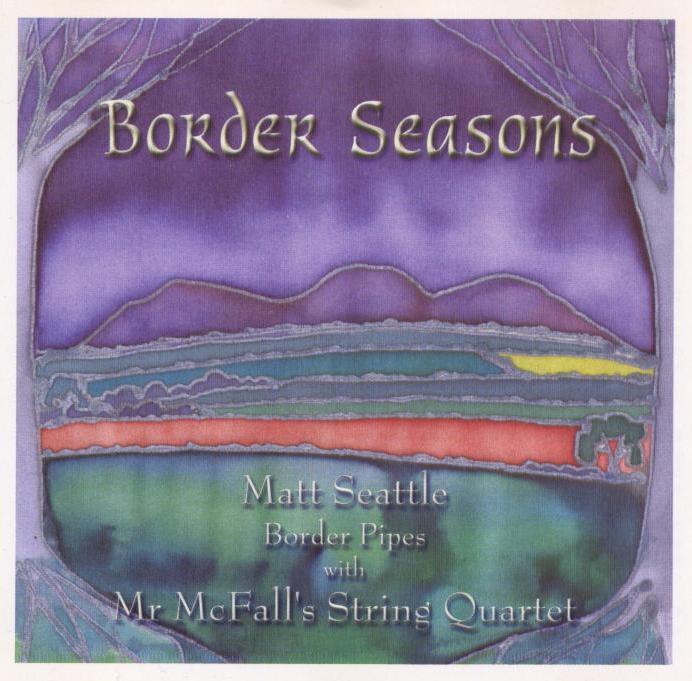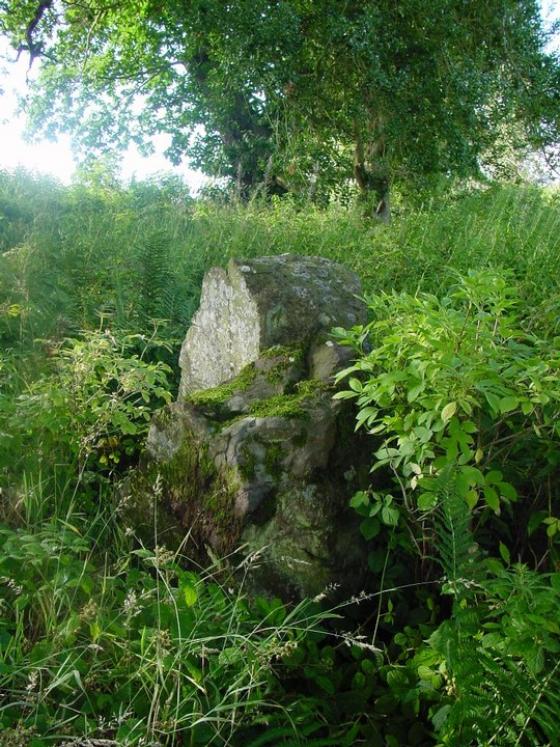
Eildon Hills from the SSE, near Whitelee on St Cuthbert’s Way.

Eildon Hills from the SSE, near Whitelee on St Cuthbert’s Way.

Eildon Hill North from the summit of Eildon Wester Hill.

Eildon Mid Hill and Eildon Hill North from the summit of Eildon Wester Hill.

Looking up towards the summit of Eildon Mid Hill from the cairn.

Looking northwest from Eildon Mid Hill cairn. The monument is a lovely pinkish red sandstone.

Eildon Mid Hill cairn, looking down on Bowdenmoor reservoir. The cairn’s footprint extends under the heather where I was standing.

Looking down on the Eildon Mid Hill cairn from the summit.

Eildon Hill North, the ramparts clearly visible around the hill, from Eildon Mid Hill.

One of the windiest places I’ve ever been, looking towards Eildon Wester Hill and Eildon Mid Hill from the flank of Eildon Hill North while trying not to be blown over.

Looking southeast over the rampart of Eildon Hill North towards Newtown St Boswells.

Eildon Mid Hill from the northeast.

North-western arc.......

Due to the luxuriant vegetation, the ramparts were not as defined as I perhaps expected... but there you are. There are enough of them. Melrose is the town beyond.

More defences.... looking approx north-west toward Dingleton (I think).



Middle and southern summits from the hill fort crowned northern, the settlement encircled by (apparently) some 5km of defences and occupied during the Bronze Age.

The eastern arc of defences accords a pretty impressive view...

The hill fort............

Middle peak from the northern.... incidentally note that both paths to the summit are very steep and feature scree.

The Eildon Hills as seen from ‘Scott’s View’... [Walter Scott, that is, who was apparently pretty taken by this panorama – the viewpoint is at NT593342 on the B6356]. The fort occupies the near summit, the cairn a spur of the central.

Darkening skies and storms brewing over the Eildon Hills taken from near the Hundy Mundy Eco-Burial site at Smailholm. 1/11/14

The forecast rainstorm sweeps in.... and how. My rucksack emphasises the scale of the monument’s footprint as it fills the entire frame.

The cairn features the usual ‘shelter’.... at little more than 1,000ft up. Look around, however, and it surmounts but a small section of the monument.


Nevertheless the cairn retains some hint of former internal structure..

The path to/from the southern summit cuts right through the substantial footprint of the monument leaving an ugly scar. Hey, this would cause a major fuss down south....

The cairn occupies a wondrous position below and to the approx south-west of the middle summit.... classic Bronze Age mind-set.

The shapely middle summit..... of considerable merit upon purely aesthetic grounds, the peak also possesses the remains of a large Bronze Age cairn superbly set upon a south-western spur. Incidentally not sure where the soil obtained that wondrous colour since I understand the hills are of volcanic origin, not sedimentary?



View of the Eildon Hills from Matt Seattle’s 2001 CD “Border Seasons”.

Eildon Hills

site of the Eildon Tree

view from Eildon Wester Hill. looking at Eildon Mid Hill on left and Eildon Hill North on right
Ridiculed by many.... But not by I. Nor, I would assume, by those that have walked these heights...
For me, guitar playing at its very finest.
Some of the country’s leading archaeologists have spent the week on top of one of the south of Scotland’s most iconic hills.
More info :
A man named Ronaldson, who lived in the village of Bowden, is reported to have had frequent encounters with the witches of that place. among these we find the following. One morning at sunrise, while he was tying his garter with one foot against a low dyke, he was startled by feeling something like a rope of straw passed between his legs, and himself borne swiftly away upon it to a small brook at the foot of the southernmost hill of Eildon. Hearing a hoarse smothered laugh, he perceived he was in the power of witches or sprites; and when he came to a ford called the Brig-o’-stanes, feeling his foot touch a large stone, he exclaimed, “I’ the name o’ the Lord, ye’se get me not farther!” At that moment he rope broke, the air rang as with the laughter of a thousand voices; and as he kept his footing on the stone he heard a muttered cry, “Ah we’ve lost the coof!”
From Notes on the folklore of the northern counties of England and the borders by William Henderson (1879).
Being from the south I didn’t know that ‘coof’ means “a dull spiritless fellow; one somewhat obtuse in sense and sensibility.” (could safely throw that in the conversation).
“Another skill that fairies could transmit was prophecy. Thomas the Rhymer or True Thomas – whose real name was Thomas of Ercildoune – was a thirteenth-century poet and seer. It was said that Thomas met the Queen of Fairies on the Eildon Hills near Melrose. Thomas followed the queen after kissing her on the lips, and he had to serve her for seven years. While in the fairy realm, the queen gave Thomas a magical apple, which was the source of his ability to predict the future honestly – hence his second epithet, True Thomas. Although Thomas of Ercildoune is credited with writing “The Romance Of Sir Tristam”, he was better known for his prophecies. It is said that Thomas predicted the crowning of Robert The Bruce in 1306 and the defeat at Flodden in 1513. Since many of the prophecies do not appear in print it is, therefore, very difficult to prove their authenticity. It is interesting to note that Andrew Man, in his confessions about his association with the fairies, described meeting both Thomas The Rhymer and James IV, who was killed at Flodden, as ghosts at a fairy meeting. Although he did not say when this meeting occurred, it was presumably in the mid- to late-sixteenth century.”
Magical Spirits
Joyce Miller.
“The Eildon Hills, near Melrose, have many stories associated with them, not least that Thomas the Rhymer disappeared to fairyland here for at least seven years after meeting the Queen of the Elves at the Eildon tree. The famous wizard, Michael Scott, is also said to have gained his powers in the hills, and to have instructed the famous Evil Lord Soulis of Hermitage Castle.
The summit of Eildon Hill North, the largest of three peaks, was occupied since at least the Bronze Age. Some of the 300 or so houses (represented by house-platforms) date to the late Bronze Age but others are Iron Age.”
Magic and Witchcraft in Scotland
by Joyce Miller.
A local tale tells of Canobie Dick and his adventures upon the hills. He was a “jolly rattling horse-cowper, who was remarkable for a reckless and fearless temper, which made him much admired and a little dreaded amongst his neighbours.”
One moonlit night he was riding home over Bowden Moor, with two horses that he’d not been able to sell. He came across a man “of venerable appearance and singularly antique dress”, who took an interest in the horses and how much they might be bought for. Now Canobie Dick wasn’t that bothered who he dealt with, in fact he’d have overlooked the cloven hooves of the devil himself, and still had a go at cheating him. But when the stranger paid up, Dick was surprised that the gold coins he were given were weird old things – unicorns, bonnet-pieces. But they were gold, so he wasn’t that bothered. He sold quite a few horses to the same man over then next few weeks, but his customer insisted they should meet only at night, and always alone.
Eventually Dick suggested that they seal their deals with a little drink, at the house of the stranger, but he said “if you lose courage at what you see there, you will rue it all your life.” Dick laughed it of though, and followed the man up a narrow footpath that led to a peculiar feature between the south and central peaks of the Eildons, called the Lucken Hare*. This is “famous for witch-meetings.” His guide disappeared into the hillside “by a passage or cavern”, but Dick was very surprised as he’d never seen nor heard rumour of such a thing, though he knew the spot well.
On they went. “They entered a very long range of stables; in every stall stood a coal-black horse; by every horse lay a knight in coal-black armour, with a drawn sword in his hand; but all were as silent, hoof and limb, as if they had been cut out of marble.” When they got to the end of the hall, a sword and horn lay on an antique table. “He that shall sound that horn and draw that sword, shall, if his heart fail him not, be king over all broad Britain. So speaks the tongue that cannot lie.”
The reckless hasty Canobie Dick seized the bugle and blew a feeble note. “Thunder rolled in stunning peals through the immense hall; horses and men started to life; the steeds snorted, stamped, ground their bits and tossed their heads” – the warriors sprang up brandishing their weapons. In his sheer terror, Dick dropped the horn and scrabbled for the enchanted sword, but he heard a loud voice intone:
“Woe to the coward, that ever he was born,
Who did not draw the sword before he blew the horn!”
and he was propelled out of the cave by an invisible whirlwind, and “precipitated over a steep bank of loose stones, where the shepherds found him the next morning, with just breath sufficient to tell his fearful tale, after concluding which he expired.”
*I suppose the Lucken Hare could be ‘Little Hill’.
The story is summarised from the version in ‘Folk-lore and legends; Scotland’ (1889).
Not forgetting Michael Scott, the Border Wizard, who is said to have split the hills. Probably a tale that was ascribed to sussessive “wizards” over time.
To the superstition about the sides of the sheep of Largo Law, add, as a note, that the same idea prevails in the south about the teeth of those which graze upon the Eildon hills. We know, from authentic documents, that there were gold mines in these hills in the time of James VI; but whether the metal communicates any tinge to the verdure, and the verdure again to the teeth of the sheep, must be left to naturalists.
From the additions to ‘The Popular Rhymes of Scotland’ by Robert Chambers (1826).
The Largo Law sheep have golden fleeces due to the golden hoard beneath the surface. I thought Largo Law was on TMA but it seems not – insufficient archaeology! It is a prominent hill near the stones at Lundin Links, and you can see a photo of it on that page.
The Eildons are one of the supposed resting places of King Arthur and his Knights- a hidden cave or vault deep in the hills are where they sleep. Another tale relates to the hills as a gateway to the realm of the Faerie. Thomas the Rhymer, a 13th Century poet, is supposed to have been resting at the foot of these hills and met the Faerie Queen who took him into the heart of them;
‘He has gotten a coat of the even cloth,
And a pair of shoes of velvet green,
And till seven years were gane and past
True Thomas on earth was never seen.‘
This photo shows the hills rising clearly above the rest of the landscape. There was a Roman fort on the northernmost – but do you think these imposing landmarks escaped our earlier ancestors? Of course not :) There are still traces of burial cairns, the previous Iron Age fort, and if you want to see the Bronze Age axes once found hereabouts they are now apparently at stcuthbertsway.fsnet.co.uk/add29.html – the Three Hills ‘Roman’ Heritage Centre.




















